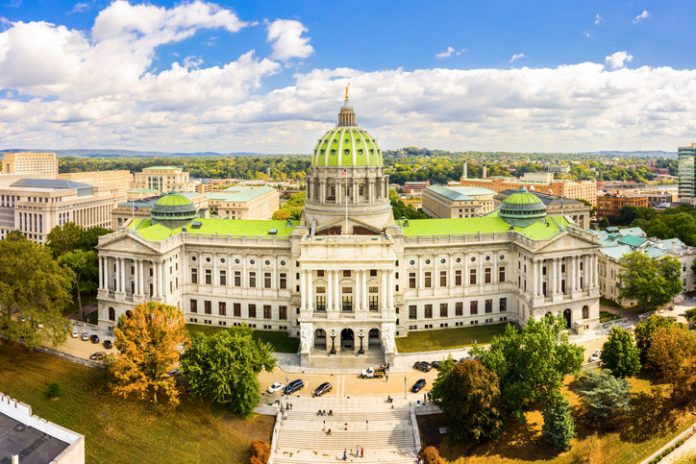The trends that stifle the state’s growth and impact its spending have not changed
(The Center Square) – Two of Pennsylvania’s most respected economic analysts offered muddy expectations of future revenue estimates on Monday.
Acting Revenue Secretary Pat Browne sat before the Senate Appropriations Committee – on which he served as majority chairman for nearly a decade before joining Gov. Josh Shapiro’s administration – to discuss how to spend the $50 billion in the state’s bank account at the end of the fiscal year on June 30.
The total, including $42.2 billion in recurring revenues and $5.7 billion in rainy day funds, would cover Shapiro’s $44.3 billion spending plan that infuses significant investments into public education, public safety and workforce development.
Republicans in both chambers scrutinized the administration’s final numbers and insist spending is closer to $45.8 billion. The decision to deplete the rainy day fund likewise leaves lawmakers concerned about weathering an impending recession and a multi-billion dollar budget deficit, The Center Square previously reported.
Shapiro and legislative Democrats, however, believe the state is prepared for the future and must invest in economic and social policies that will increase revenue over time.
Browne conceded that federal stimulus funds combined with tax revenues “has allowed us to be at a place where our fiscal position has never been.”
But the trends that stifle the state’s growth and impact its spending have not changed.
“And they don’t really depend on anything but general economic activity, the challenges we have with demographics, and a growing revenue base and the expenses that this commonwealth needs to accommodate,” Browne said. “Those manual obligations put us in a place where the amount of growing expenditures are not met.”
How large the gap will be between income and spending, however, depends upon who you ask.
While the administration projects a $2.5 billion deficit by 2027, the Independent Fiscal Office places that figure closer to $3 billion. Meanwhile, legislative Republicans fear the fiscal cliff could exceed $5 billion to $10 billion over the next five years.
The IFO also offered a revenue projection that fell $215 million short of the administration’s estimate. Executive Director Matthew Knittel said smaller collections from both the personal income tax and the sales and use tax, as well as less optimistic capital gains tax revenues, likely accounts for the difference.
He also warned that unresolved economic factors – ending of the student loan moratorium, the impact of banking troubles on consumer confidence and the upcoming federal budget debt ceiling – could all impact the state’s income.
He said ending the moratorium, for example, means student loan borrowers in Pennsylvania will have $7.7 billion less to spend. Increased financial pressure on taxpayers – evidenced by depleted savings accounts and climbing credit card debt – mean sales tax collections could take a hit.
That’s why, Knittel said, attracting new working-age residents and keeping others in Pennsylvania means so much to the state’s financial future.
It’s a point upon which Browne agrees. He said the administration’s proposal to offer tax credits to residents pursuing in-demand careers and the enactment of child care tax credit modeled after the federal program are just some incentives to grow the state’s workforce.
“It’s a good part of an overall strategy to recruit people into Pennsylvania,” he said. “And to keep them here.”
Originally published by The Center Square. Republished with permission.
For more from Budget & Tax News.
For more public policy from The Heartland Institute.











